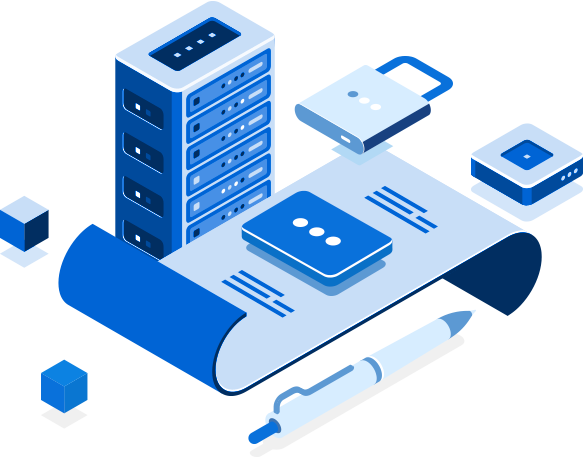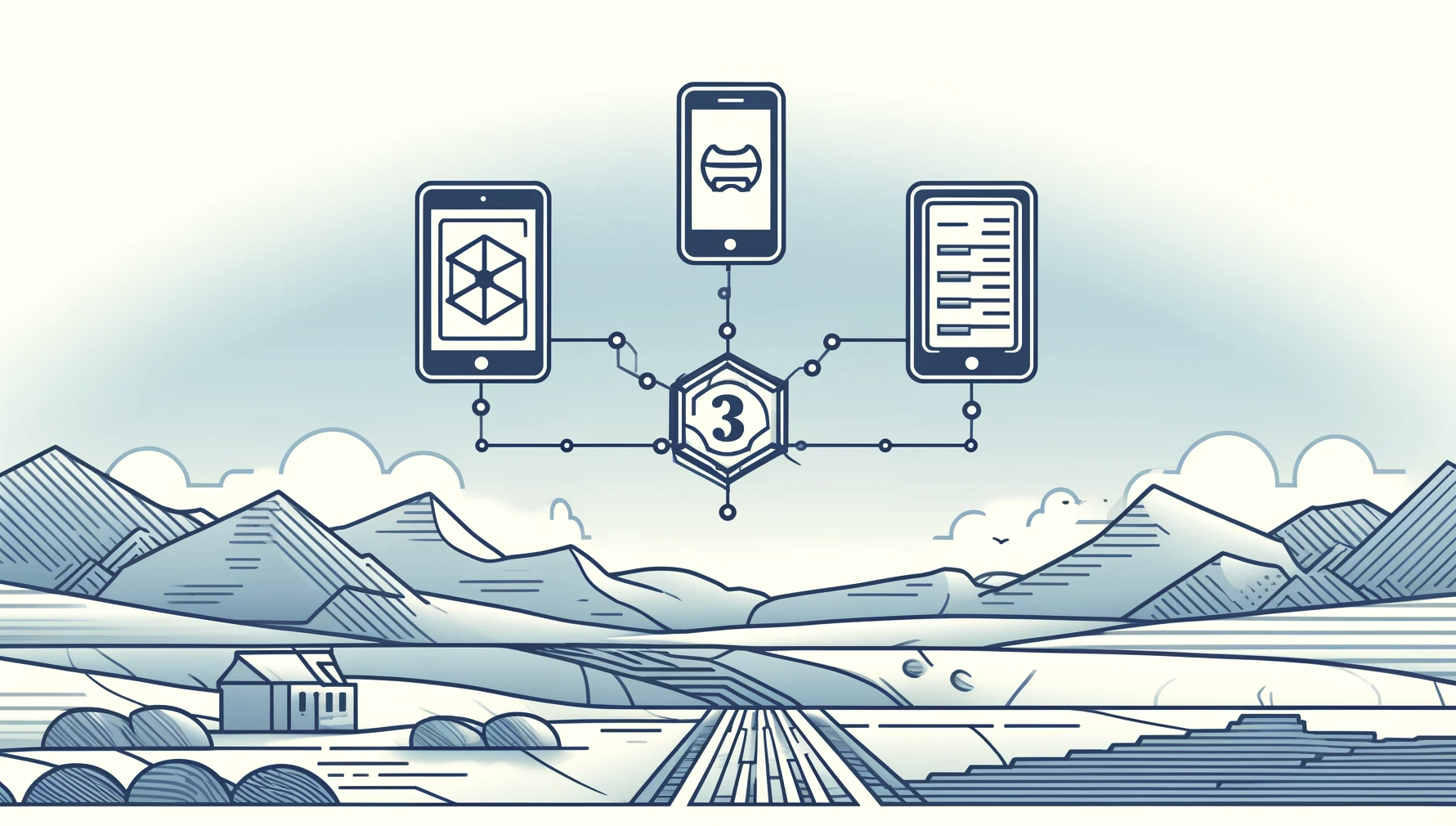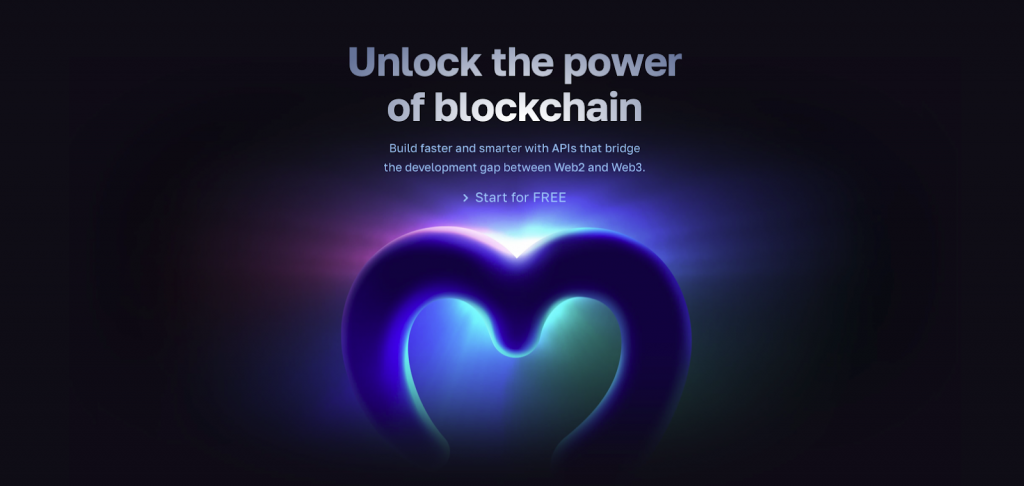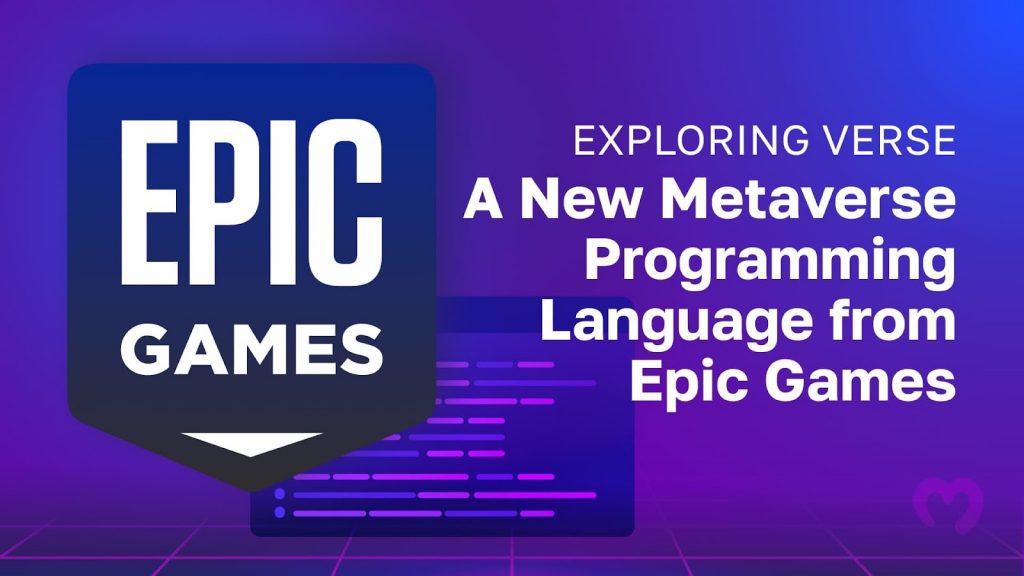Web3 development is – much like any web or software development – dependent on programming languages. Even though Web3 infrastructure providers such as Moralis make blockchain development more accessible, you still might want to familiarize yourself with the most prominent languages. Moreover, in Web3’s fast-growing industry, development platforms and languages continuously evolve. Consequently, staying up to date with the latest trends and developments is hugely beneficial, which is why this article explores the best Web3 programming languages for 2023!
This tutorial will begin by providing a list of the best Web3 programming languages, where we will explore five prominent examples. From there, the article dives into the intricacies of today’s most well-used programming languages, where you receive an introduction to Solidity. Next, we outline two types of Web3 programming languages aimed at frontend and smart contract development. Lastly, to top things off, the article points you in the right direction for determining which languages to learn.
Once we have covered all the intricacies of the best Web3 programming languages, the article also explores Moralis. In doing so, you will learn what to do once you master a Web3 programming language and why you should start working with Moralis immediately! Moreover, no matter what Web3 programming languages you end up working with in the future, you should sign up with Moralis. Creating an account is entirely free, and you can leverage the power of blockchain technology immediately for all future Web3 projects!
List of the Best Web3 Programming Languages for 2023
If you want to become a blockchain developer, a great starting point is to familiarize yourself with the various Web3 programming languages of the industry. You have multiple options to choose from; however, we will narrow the scope to focus on five prominent examples for building smart contracts!
1. Solidity
Solidity is a Turing-complete, object-oriented, relatively high-level programming language for building EVM-compatible smart contracts. Furthermore, the language has influences from JavaScript, C++, and Python. As a result, Solidity shares many of the advantageous features of these other languages.
2. Rust
Rust is a statically typed, multi-paradigm, low-level programming language emphasizing performance and security. Moreover, Rust is mainly utilized for Solana blockchain programming, enabling developers to manage memory, leverage parallelism, write low-level code, etc.
3. Vyper
Vyper is another prominent programming language for building EVM-compatible smart contracts. This is a more Python-influenced version of Solidity. Consequently, Vyper utilizes the simplicity of Python’s syntax and focuses on building secure Web3 contacts.
4. Go
Go – also referred to as “Golang” – is a Google-designed, open-source, compiled programming language. The language is known for its concurrency feature, meaning developers can use Go to seamlessly write concurrent and fast programs.
5. Huff
Huff is an assembly-level programming language enabling developers to manually influence the EVM (Ethereum Virtual Machine) stack to create highly optimized smart contracts. Moreover, Huff rather exposes the EVM structure instead of hiding it in layers of user-friendly abstractions.

That covers five examples of the most major Web3 programming languages for smart contract development in 2023. However, there are several other alternatives for you to explore on your own. Some honorable mentions are the Move, Haskell, and Cairo programming languages.
Nevertheless, with an overview of the various languages, let us explore the most significant and well-used alternative!
Web3 Programming Languages – What Programming Language is Used in Web3 the Most?
If you are familiar with the blockchain industry, you already know that Ethereum is the most prominent network for Web3 development. As such, it is only natural that Solidity is the most well-used language for building smart contracts. Moreover, as it is used for building EVM-compatible smart contracts, Solidity is also applicable for creating programs on other EVM chains alike. Some examples include Polygon, BNB Smart Chain, Fantom, Avalanche, etc.

Furthermore, since Solidity is the most popular alternative of the various Web3 programming languages, it is worth paying extra attention to this option. So, what exactly is Solidity? In short, as we previously mentioned, Solidity is an object-oriented, high-level, Turing-complete programming language for building contracts!
To further elaborate, Solidity is often referred to as the first ”contract-oriented” programming language. It is readily equipped with prominent features, functions, and commands for blockchain development. Consequently, Solidity’s orientation towards Web3 means that it can be used to seamlessly build blockchain dapps and smart contracts. Moreover, whenever you finalize a Solidity smart contract, it is compiled into EVM’s bytecode. Accordingly, any chain leveraging EVM can run the contracts, which is why you can use Solidity for building contracts for the other chains mentioned above. As such, learning Solidity does not limit you to the Ethereum network but provides further opportunities within the industry!
Want to learn the ins and outs of how this language works in practice? If so, consider enrolling in Moralis Academy. The academy supplies industry-leading blockchain development courses for experienced and novice developers. For learning Solidity, check out the “Ethereum Fundamentals“ course!
That covers the best smart contract programming languages for Web3. In the next section, we will explore different types of Web3 languages!
Different Languages for Web3
When it comes to Web3 development, there are generally two types of languages: frontend and smart contract programming languages. In the following two subsections, we will explore the intricacies of these two types, starting with the former!
Frontend Programming Languages for Web3
Web3 frontend programming languages, for instance, include conventional languages such as JavaScript, HTML, and CSS. As such, if you are proficient in traditional Web2 development, you will likely be familiar with most Web3 frontend development tools and languages!

Nevertheless, for the inexperienced, let us briefly break down these three major frontend programming languages:
- JavaScript (JS) – JS is one of the most prominent programming languages, mainly used for web development. It is an object-oriented language that can update both HTML and CSS elements. This enables developers to seamlessly add interactive elements to a website. What’s more, JS is often referred to as ”the third layer” of Web2, the prior two being HTML and CSS.
- HTML – HTML is an abbreviation for ”HyperText Markup Language”. Furthermore, frontend developers use it to structure the contents of their websites. For instance, in the HTML code, we generally find the code for buttons, titles, input fields, headings, etc.
- CSS – Lastly, we have CSS, which is short for ”Cascading Style Sheets”. With this frontend tool, developers can design and style their websites or applications. This includes customizing animations, the layout, colors, etc.
Web3 Programming Languages for Smart Contracts
In the initial two sections of the article, we explored five of the most prominent smart contract programming languages. However, what exactly is a smart contract programming language? To adequately answer this question, let us briefly explore the intricacies of smart contracts.

In short, a smart contract is a set of immutable instructions executed on a blockchain network when predefined conditions are met. They are the backbone of the Web3 industry, enabling developers to build innovative dapps. This is also generally where the central distinction between Web3 and other programming languages can be found.
Because of the unique nature of smart contracts and that contracts are a relatively new technology, there are specialized languages for creating them. Moreover, these languages make it possible to seamlessly write contracts that securely access assets, guarantee transaction settlements, transfer ownership, etc. Nevertheless, check out our article on Web3 contracts to learn more about smart contracts.
Now that you have a somewhat better understanding of what smart contract languages are, let us briefly summarize the five examples from earlier on in this guide:
- Solidity
- Rust
- Vyper
- Go
- Huff
So, which of the Web3 programming languages above should you learn to become a blockchain developer?
Which Language Should You Learn?
Choosing among the above alternatives should depend on which blockchain network you would like to launch your projects on and your overall goal(s). For instance, if you have a particular interest in Ethereum and other EVM chains, a good starting point might be Solidity or Vyper. However, if you want to build Solana-compatible projects, you should start learning Rust.

As such, this should depend on your preferences and which network’s architecture is most suited for your project. To make this choice somewhat more straightforward, you can ask yourself the following questions:
- Are any of the Web3 programming languages similar to another language you already have proficiency in?
- Is the language’s documentation comprehensive and easy to follow?
- Are you looking for interoperability? Speed? Scalability?
- Is the community prominent and helpful?
- How will the Web3 space progress?
These are only five examples of questions that you can ask to make your choice of Web3 programming language easier. The important part is that you choose the most suitable option for you and your projects.
Nevertheless, once you have mastered any of the best Web3 programming languages and are ready to start building dapps, how do you proceed?
Unleash the Power of Blockchain After Mastering a Blockchain Programming Language
Building Web3 projects have – from a conventional perspective – been quite troublesome and time-consuming. For this reason, when you are ready to start building Web3 projects, consider turning to blockchain infrastructure companies such as Moralis to make your development endeavors more accessible!
Moralis bridges the gap between Web2 and Web3 via enterprise-grade Web3 APIs, enabling you to fully unlock the power of blockchain technology. As such, through Moralis, you can build dapps and other Web3 projects effortlessly and significantly reduce the development time and required resources!

Among the development tools of Moralis, you will find amazing application programming interfaces such as the best token price API in 2023, the Ethereum Web3 API, the Streams API, etc. Moreover, thanks to the accessibility of Moralis and the aforementioned tools, you can, for instance, create a straightforward dapp for fetching the native balance of a crypto address in only three steps:
- Setting up the project and an Express server
- Adding Moralis
- Creating the “get native balance” function
The steps above outline the process of creating a server-side NodeJS dapp with Moralis. If you want a more comprehensive breakdown of each step, check out our article presenting an easy Web3 programming tutorial. What’s more, you can also check out the documentation page on how to build your first dapp with NodeJS!
Verse – A Promising Web3 Language Set to Launch in 2023
Another exciting programming language that has been receiving an abundance of attention quite recently is Epic Game’s Verse. As such, this section will briefly explore the intricacies of this language by answering the question, ”what is the Verse programming language?”.

Earlier this month, in December 2022, Epic Games gave the programming community insight into Verse through its ”Beyond Functional Programming: The Verse Programming Language” presentation, revealing new details about this exciting programming language.
Verse is Epic Game’s ”function-declarative” programming language specially designed for the metaverse. The language focuses on enabling the creation of immersive social interactions in a real-time 3D environment. Furthermore, Verse features an open-source declarative and unconventional static-type architecture. In addition, this language does not use ”monads” but rather utilizes an ”effect system”.
If you want a more detailed breakdown of Verse, which is set to launch in 2023, check out the guide exploring the Verse programming language in further detail!
Summary – Blockchain Programming Languages
In this article, you got to explore the best Web3 programming languages, and the guide provided five of the most prominent examples:
- Solidity
- Rust
- Vyper
- Go
- Huff
Moreover, the article also taught you that there are two types of Web3 programming languages: frontend and smart contract languages. The language in the list above pertains to the latter, meaning they are smart contract programming languages. For Web3 frontend languages, developers, for instance, use JavaScript, HTML, and CSS.
How do you choose between the various languages? The language to pick is highly dependent on the preferences of the developer and the specifications of the project to be built. For instance, if you want to build on the Ethereum network, you might want to choose Solidity or Vyper. On the other hand, if you want to dive into Solana development, then Rust might be the alternative for you.
Nevertheless, if you found this article helpful, consider checking out additional content here at Moralis’ Web3 blog. For instance, learn how to get any token price, get token metadata, or get NFT metadata with Moralis.

What’s more, make sure to explore additional Moralis tools like the Auth API, enabling you to implement several authentication mechanisms into your Web3 projects. For example, check out our guide on how to add a sign in with RainbowKit!
Additionally, did you know that you can sign up with Moralis entirely for free? Creating an account is free of charge and only takes a couple of seconds. As such, you have nothing to lose and can start building Web3 projects more seamlessly in no time!
